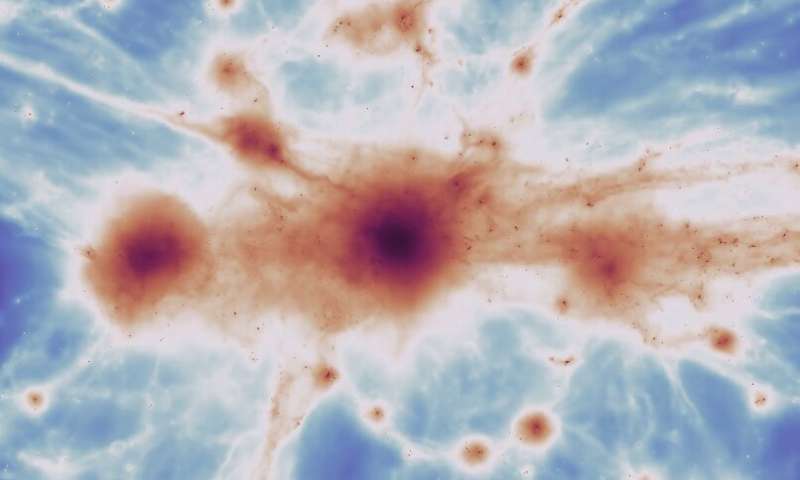A 'Steve Storm' struck Scandinavia on 28th September rather than the expected auroral outbreak – see https://spaceweather.com (October 2nd 2019) …
 … a mauve ribbon of light caused by gas flaring through Earth's magnetosphere at high speed (plasma it would seem). At the same site, on Oct 1st, we had a story about a green flash on Venus …
… a mauve ribbon of light caused by gas flaring through Earth's magnetosphere at high speed (plasma it would seem). At the same site, on Oct 1st, we had a story about a green flash on Venus …
 … green flashes occur commonly in association with the setting Sun when temperature inversion and strong thermal gradients develop over the surface of the sea. The photographer, Paolo Palma of Rome, captured the flash on Venus as it sank towards the horizon. As it fell below the sea it had a green flash. Now is a good time to observe green flashes on Venus as the planet is just emerging from solar conjunction. So, when the Sun sets, into the waves, Venus is not far behind.
… green flashes occur commonly in association with the setting Sun when temperature inversion and strong thermal gradients develop over the surface of the sea. The photographer, Paolo Palma of Rome, captured the flash on Venus as it sank towards the horizon. As it fell below the sea it had a green flash. Now is a good time to observe green flashes on Venus as the planet is just emerging from solar conjunction. So, when the Sun sets, into the waves, Venus is not far behind.
Venus is also the subject at https://wattsupwiththat.com/2019/10/03/svensmark-on-venus-mystery-of-the… … which is by John Tillman (a regular at Anthony's blog site). It concerns the observations of dark patches as seen from earth and space. Disulphur dioxide has been proposed as the enigmatic 'near uv absorber' in the yellowish atmosphere of Venus – but not everyone is convinced. See also https://news.wisc.edu/mysterious-cloud-absorbers-seen-to-drive-venusian-… … and https://iopscience.iop.org/article/10.3847/1538-3881/ab3120 … long term variations on Venus. While the hypothesis that GCRs affect cloud formation, weather and climate, modulated by the solar cycle, is heretical to consensus 'climate science' on planet Earth, apparently it is quite respectable when it concerns the planet Venus.
At https://phys.org/news/2019-10-massive-filaments-fuel-growth-galaxies.html … giant filaments (of plasma) have been detected using the MUSE instrument at the Very Large Telescope array in Chile. Active star forming galaxies are being fed by the filaments. However, the story might be skewed as they continue – based on observations, the researchers found that they are in accordance with the predictions of the cold dark matter model of galaxy formation. The filaments are extensive and providing the fuel for intense formation of stars and the growth of super massive black holes.

